I'm using Jenkins PowerShell plugin to build a project.
However, I found that Jenkins always considers my build successful no matter what I type inside Windows PowerShell command.
Here's an example:
As you can see, asdf isn't a legal command. Jenkins should give me FAILURE after the build.
But the console output gives me:
Started by user admin
Building in workspace C:\Users\Administrator\.jenkins\jobs\Test\workspace
[workspace] $ powershell.exe -NonInteractive -ExecutionPolicy ByPass "& 'C:\Users\ADMINI~1\AppData\Local\Temp\hudson2092642221832331776.ps1'"
The term 'asdf' is not recognized as the name of a cmdlet, function, script file, or operable program. Check the spelling of the name, or if a path was included, verify that the path is correct and try again.
At C:\Users\ADMINI~1\AppData\Local\Temp\hudson2092642221832331776.ps1:1 char:5
+ asdf <<<<
+ CategoryInfo : ObjectNotFound: (asdf:String) [], CommandNotFoundException
+ FullyQualifiedErrorId : CommandNotFoundException
Finished: SUCCESS
I think the execution result of PowerShell should depend on $lastexitcode.
Is this a bug of PowerShell plugin?
